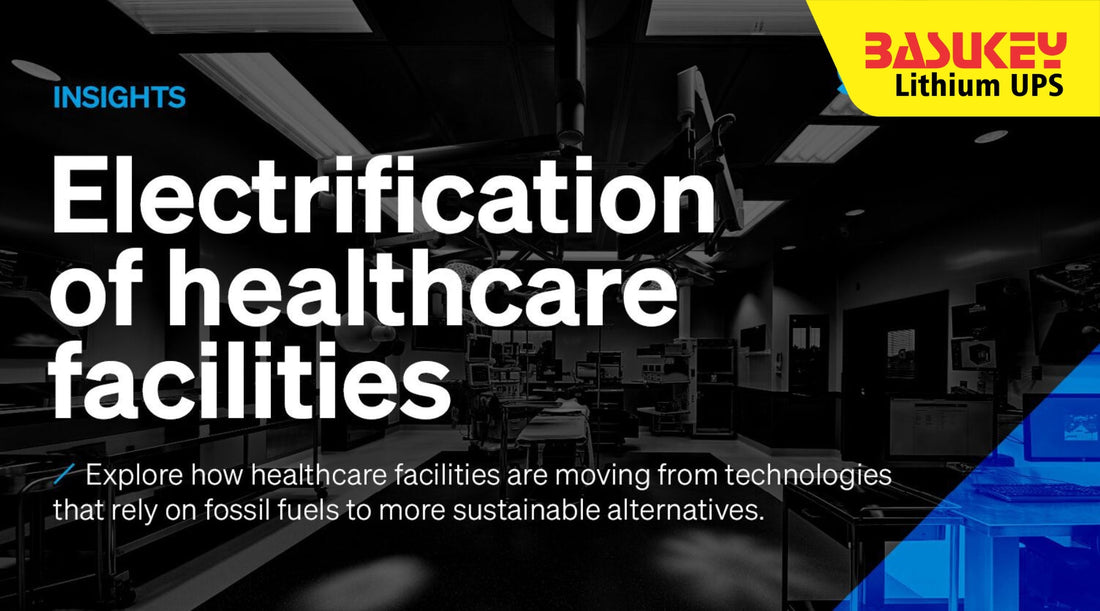
How Electrification Impacts Education and Healthcare
Share
Electrification plays a crucial role in transforming various sectors, including education and healthcare. Let's explore how the availability of electricity can significantly impact these essential areas.
Enhanced Learning Opportunities
With electrification, educational institutions can provide a conducive learning environment. Access to electricity ensures that schools have adequate lighting, which is essential for students to study and learn effectively. Additionally, electrification enables the use of technology in classrooms, opening up a world of resources through computers, projectors, and the internet. This access to information enhances the quality of education and prepares students for a more technologically advanced world.
Improved Healthcare Services
Electrification is a game-changer for healthcare facilities. With a stable source of electricity, hospitals and clinics can operate efficiently, ensuring that medical equipment such as ventilators, X-ray machines, and incubators function optimally. This leads to better patient care and outcomes. Moreover, electrification enables the refrigeration of vaccines and medicines, essential for maintaining their efficacy. Telemedicine services also benefit from electrification, allowing healthcare professionals to reach remote areas and provide medical assistance.
Increased Access to Information
Electrification facilitates the dissemination of information in both the education and healthcare sectors. In education, access to electricity means that students can use computers and the internet to research and learn beyond the confines of their textbooks. Similarly, in healthcare, electrification enables the sharing of medical knowledge, best practices, and research findings among professionals. This exchange of information leads to continuous improvement in both sectors.
Boost to Economic Development
The impact of electrification goes beyond education and healthcare; it also contributes to overall economic development. Access to electricity attracts investments, creates job opportunities, and improves the quality of life for communities. In rural areas, electrification can spur entrepreneurship, as businesses can now operate for longer hours and utilize machinery powered by electricity. This economic growth translates to improved living standards and increased resources for essential services like education and healthcare.
Electrification is a catalyst for progress in education and healthcare, offering numerous benefits that ultimately lead to a more developed and prosperous society. As efforts to expand access to electricity continue, the positive impact on these critical sectors will only grow, bringing about a brighter future for all.
